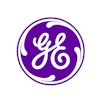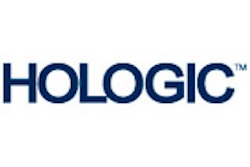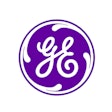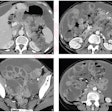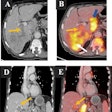In a market dominated by larger players, it’s an uphill battle for small companies to push a new product through engineering and on to regulatory approval. Two years ago, a group of former DuPont employees rose to the challenge by launching Iron Hill Technology, an engineering software startup firm.
The company offers its clients both network engineering services and a family of software products that allows vendors to offer remote service capability to their installed base.
"We’ll do parts of projects or entire projects, we’ll provide engineering services, help with FDA compliance and submissions, and support a company’s connectivity work," said David Witt, vice president of operations. "Big OEMs have resources to do these kinds of things, but smaller companies may not."
Iron Hill Technology arose from DuPont’s sale of its medical imaging business to Sterling Diagnostic Imaging in 1996, and Sterling’s subsequent split into Direct Radiography Corp. and sale to Hologic and Agfa in 1999. Witt, along with three other DuPont employees who had ended up with Sterling, decided to leave that company and establish a new firm that would provide software engineering services for both medical and nonmedical applications. More Sterling employees eventually joined the new venture, and the company now has a staff of 14.
"We got tired of being bought and sold," Witt said. "During our time at DuPont, we’d had ideas for products which we were unable to develop. Starting Iron Hill gave us an opportunity to pursue those ideas."
Witt and partners Monty Taylor, Ed Schieffer, and Kelly Herbst each brought more than 10 years of medical device development experience to the company. The four had helped develop medical film printers, PACS archives, and displays for DuPont, as well as DuPont’s Linx networking system and DRC/Hologic’s Direct Radiography operator console (DROC).
Since Iron Hill Technology’s inception, the company has continued to work with Hologic on DROC, creating software that integrates RIS, HIS, and DICOM connectivity, x-ray exposure and digital detector control subsystems, local databases for patient and exam data, and user interfaces with exam view tracking. The company’s early funding came in part from the relationship with Hologic, in addition to funding from the four founding partners.
One of the key products in the Newark, DE, company’s pipeline is its ServiceWorks package, a family of software applications that gives clients a framework for remote service and support of their installed base. Iron Hill is focusing on the first offering in the ServiceWorks product line, called ServiceSmith, which companies will integrate into their equipment base to enable service personnel to support daily operations of medical devices, both on-site and remotely, via Internet-supported remote communications and diagnostic capability. The cost of the package will include software licensing and engineering consultation time. Iron Hill has delivered one ServiceSmith package to a beta site.
Remote service can make a company’s operations more efficient, according to Witt.
"We built a lot of remote service and support into Linx, and DuPont’s service organization saw a difference," he said. "We learned from that and decided that there’s a growing market for companies that can use this kind of service. The beauty of ServiceWorks is its ability to query right into individual parts of a piece of equipment and determine whether a replacement part is needed. If customers are experiencing problems, ServiceWorks can get them up and running with its remote capability more quickly than the company could by sending a support person out to the site."
Iron Hill also provides compliance support for the Health Insurance Portability and Accountability Act (HIPAA); medical-device software development assistance, including 510(k) submissions and CE compliance testing; and networking system development. With the combination of these services and ServiceWorks, Iron Hill hopes to speed companies’ product development time, and therefore, entry into the market.
By Kate Madden YeeAuntMinnie.com contributing writer
April 4, 2001
Copyright © 2001 AuntMinnie.com
Click here to post your comments about this story in our PACS Digital Community. Please include the headline of the article in your message.
